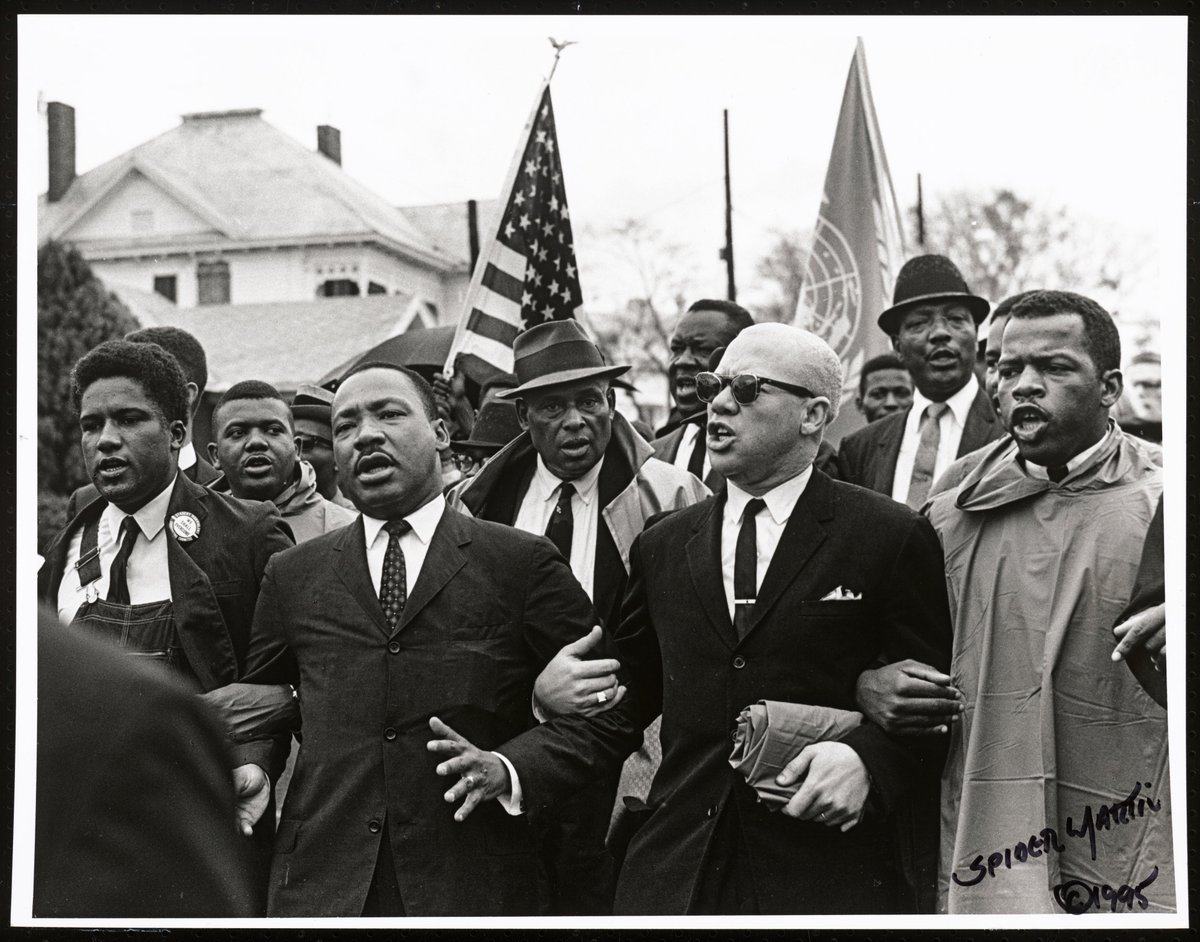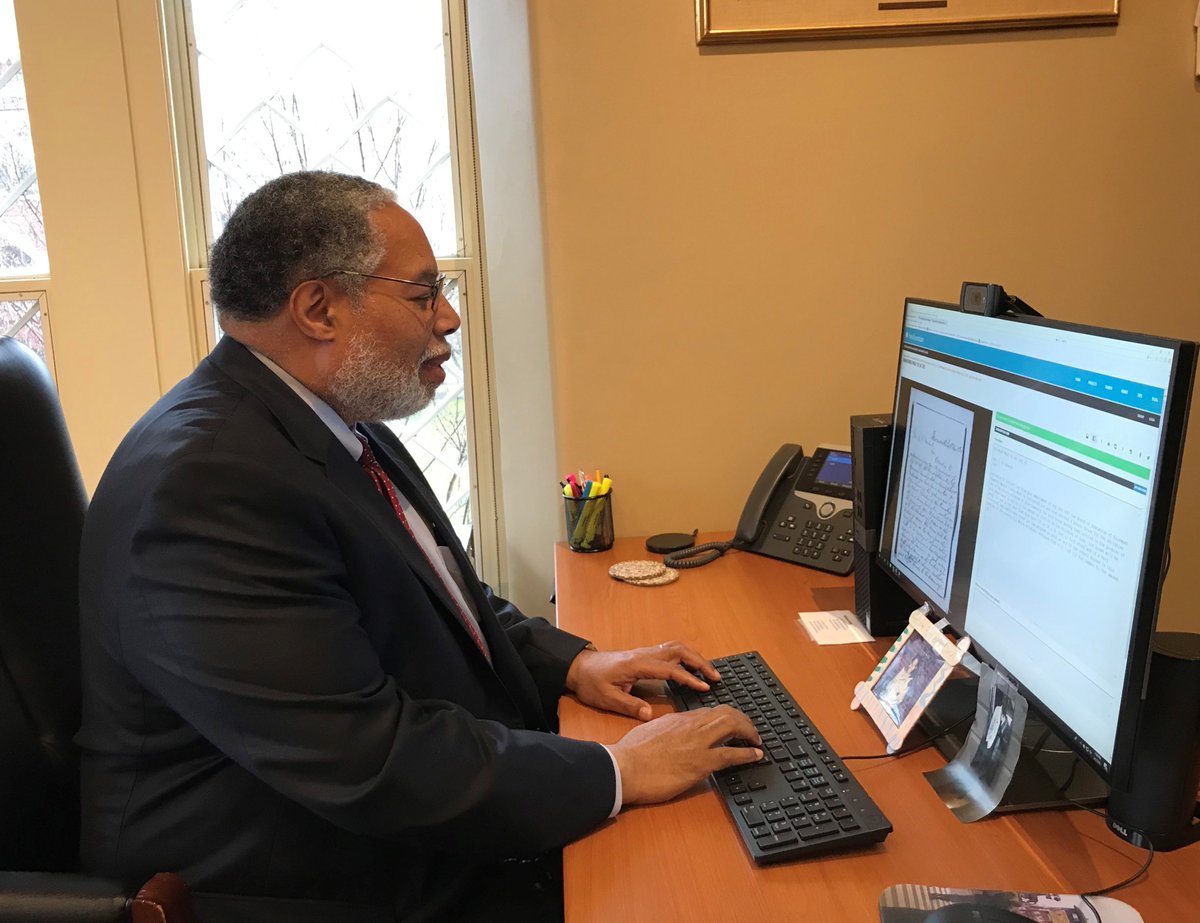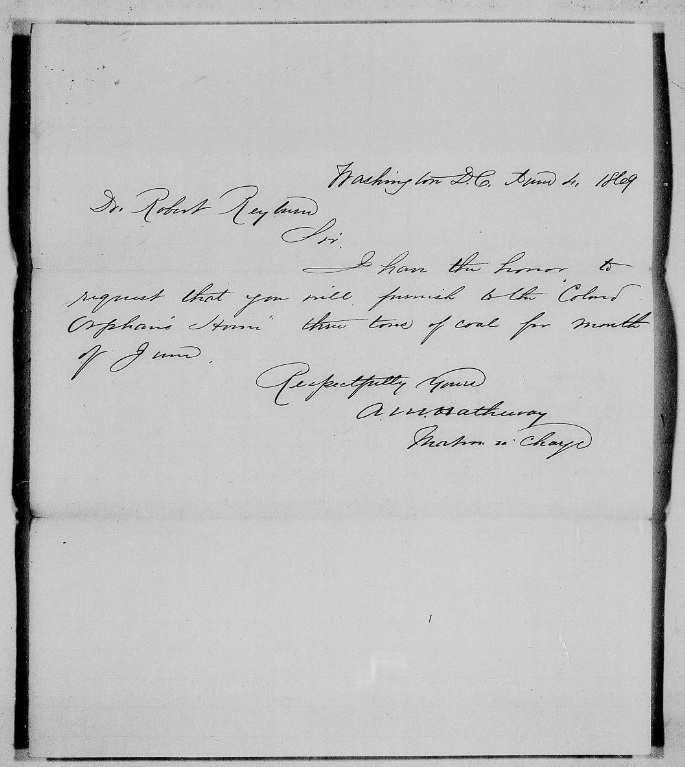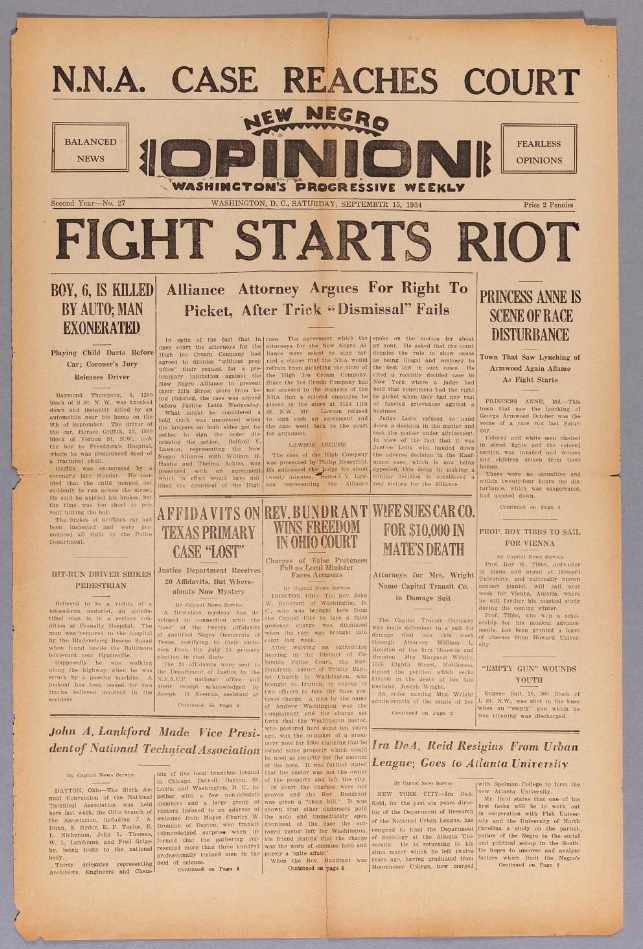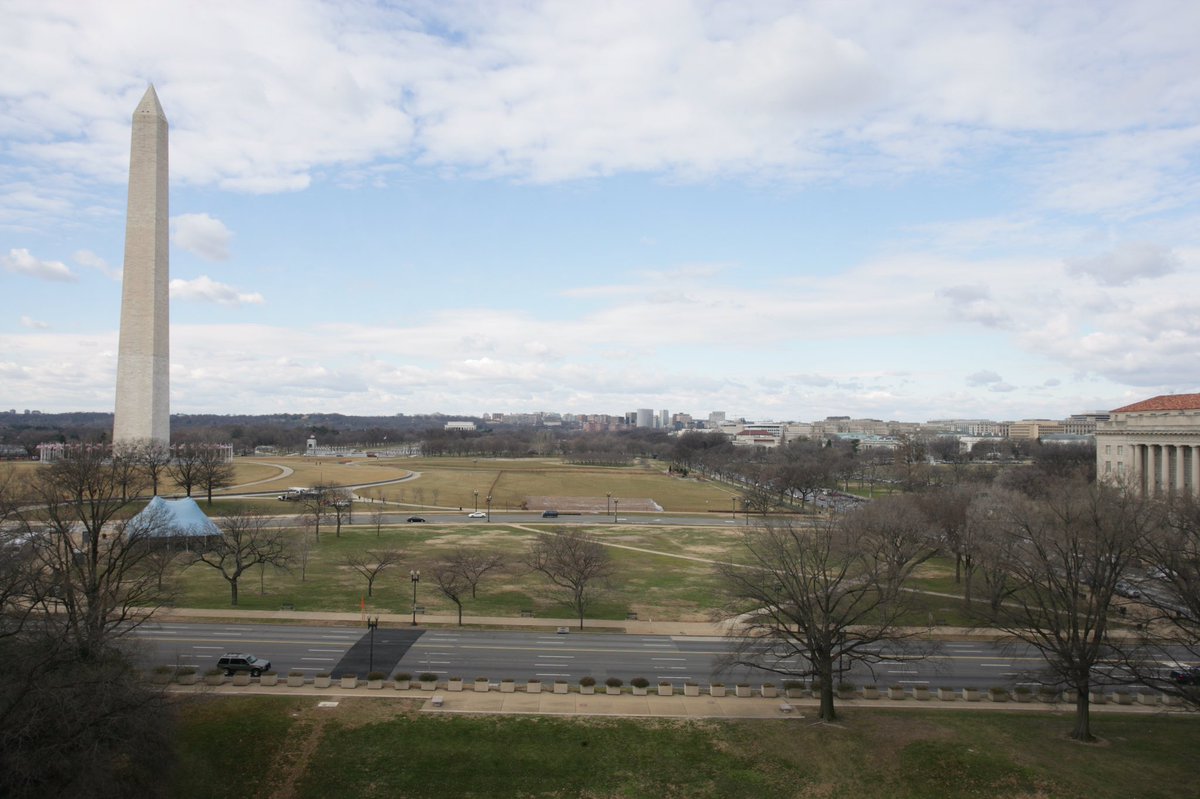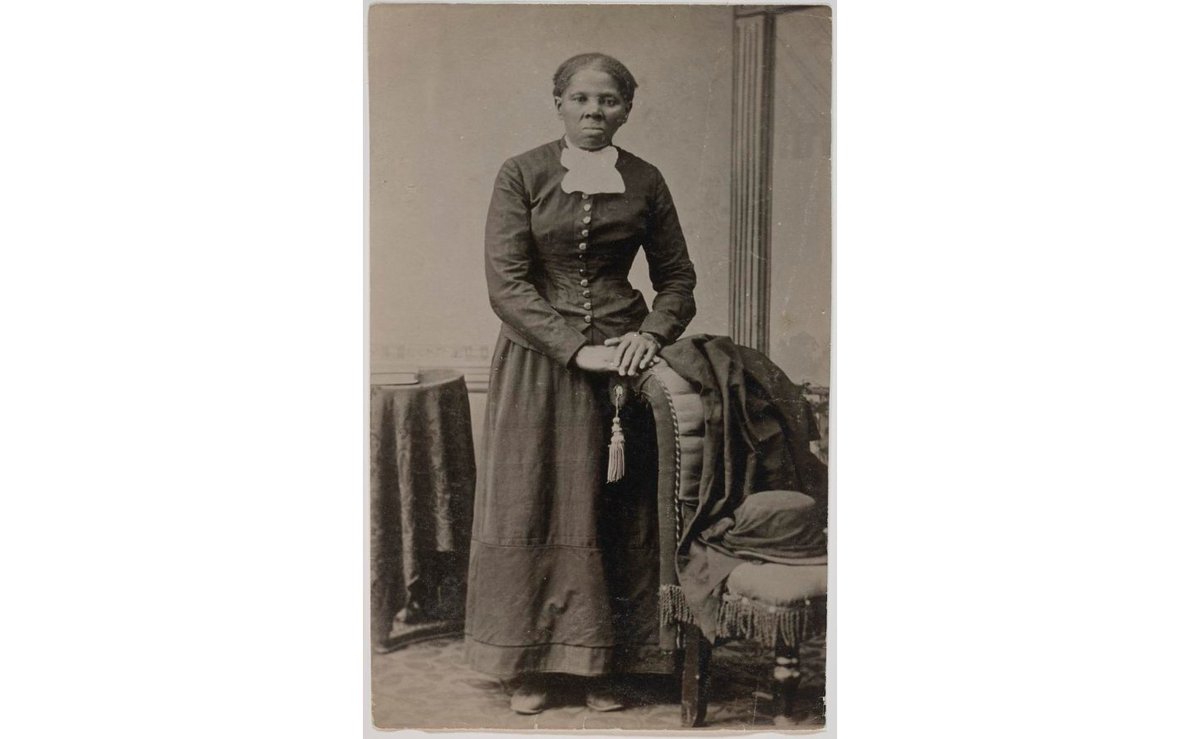
It's not often that you leave a museum exhibition with a dramatically new way of looking at the world. This #NativeAmericanHeritageMonth, I challenge you to explore @SmithsonianNMAI's digital exhibition "Americans" and see what it reveals to you. 

The first thing that struck me was how inundated we are with American Indian imagery, names, and stories in America. Jeep Cherokee, Tomahawk missile, street names, mascots. The exhibit asks: How is it that Indians can be so present and so absent in American life? #NDNsEverywhere 

One of the most eye-opening sections takes a close look at one of our strangest yet most beloved holidays: Thanksgiving. How did a brunch in the forest get Indians in our heads?
If you ask someone to name a famous American Indian individual, you'll probably hear her name: Pocahontas. Explore how she has captured our imaginations for so long. americanindian.si.edu/americans/#sto… 

The Trail of Tears is known by many as time of immense suffering in American history. But few realize how deeply it transformed our nation. This section of the exhibition is truly eye-opening as well as deeply painful. americanindian.si.edu/americans/#sto… 

In the final section, learn about an event that was as shocking at the time as the assassination of President Kennedy and caused generations of kids to play cowboys and Indians in the school yard: The Battle of Little Bighorn. americanindian.si.edu/americans/#sto… 

Heritage months are celebrations of culture and occasions to remember and reflect, but they are also opportunities to examine our own misconceptions. "Americans" gave me a richer view of our history and a better understanding of today's world. I hope it does the same for you. 

• • •
Missing some Tweet in this thread? You can try to
force a refresh

